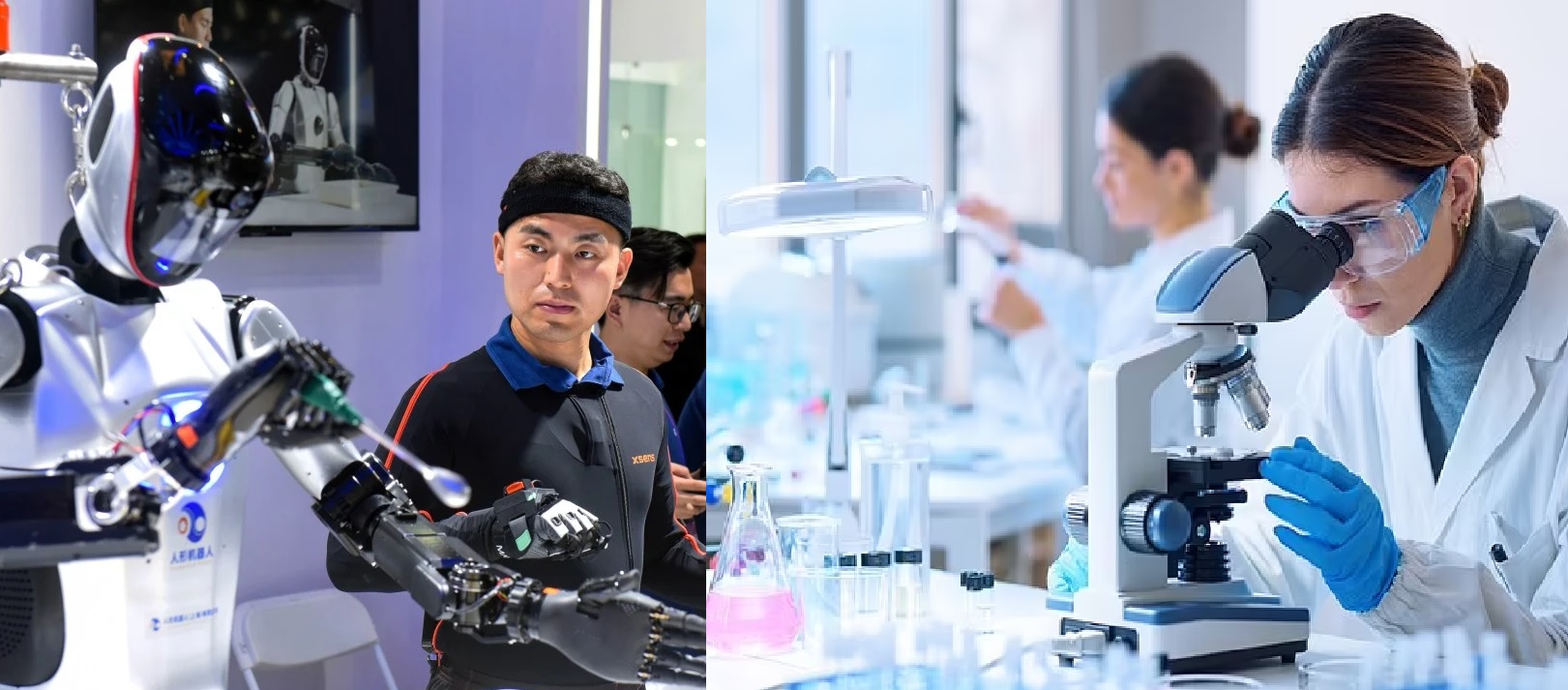Top American Scientist Warns China Could Soon Overtake US in STEM Leadership

The race for global scientific leadership is heating up, and the United States might be falling behind. In a recent State of the Science address in Washington, Marcia McNutt, President of the National Academy of Sciences (NAS), painted a concerning picture. Although the US remains the largest investor in research and development (R&D), spending $806 billion in 2021 compared to China’s $668 billion, the momentum is shifting. China's investment rate is double that of the US, suggesting it won't be long before China overtakes the US in STEM leadership.
McNutt's credentials lend weight to her warning. A geophysicist and the first female president of the NAS since its founding in 1863, she has also been the editor-in-chief of *Science* magazine and a foreign member of the Chinese Academy of Sciences since 2019. Her insights are particularly alarming considering the historical context: since World War II, the US has dominated global science and engineering, claiming nearly 60% of all Nobel Prizes ever awarded. But China's rapid advancements are hard to ignore. In 2021, China published a comparable number of high-quality research papers and filed twice as many patents as the US.
China's rise in the scientific arena can be attributed to its aggressive investment in R&D and its strategic focus on STEM education. While the US has historically relied on international students to bolster its STEM workforce, McNutt noted a troubling trend: fewer Chinese students are choosing to study in the US. This decline is partly due to the increasing number of attractive alternatives around the world and perhaps a perception that the US is no longer the prime destination for aspiring scientists and engineers.
McNutt emphasized the US's dependency on international students, particularly from China and India, for maintaining its STEM workforce. She highlighted that foreign students outnumber domestic students in graduate programs and that 65% of these students remain in the US for at least a decade after their studies, filling critical STEM positions. This reliance is a double-edged sword. While it has sustained the US's scientific workforce, it has also made the country vulnerable to shifts in global educational trends and immigration policies.
To counter this potential decline, McNutt proposed several strategies. Strengthening K-12 STEM education within the US is crucial. By investing in the domestic scientific workforce from an early age, the US can reduce its dependence on international talent. Additionally, the process for obtaining student visas should be streamlined to attract and retain the brightest minds from around the globe. A coordinated national research strategy, integrating efforts from government agencies and the private sector, could also help optimize R&D spending and focus.
However, these recommendations are not without challenges. As Fan-Gang Zeng, an auditory scientist from the University of California, Irvine, pointed out, implementing these ideas could be difficult due to conflicting goals and interests. Balancing federal and industrial support, managing domestic and international student needs, and navigating the complexities of national security versus international collaboration are intricate tasks that require careful planning and execution.
Despite these challenges, McNutt's call to action is clear: the US must adapt to the emerging research environment and try new approaches to maintain its leadership in STEM. By addressing these issues head-on, the US can potentially counter the trend and secure its position as a global leader in scientific innovation.
This situation underscores a broader narrative about the shifting balance of power in global science. As countries like China continue to invest heavily in R&D and education, the US must respond with strategic initiatives that foster innovation and attract top talent. The future of global scientific leadership is at stake, and the decisions made today will shape the landscape for decades to come.



